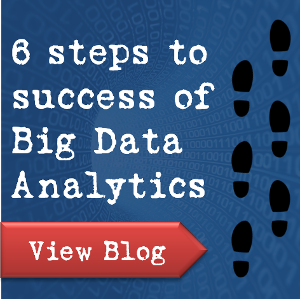How to Migrate SharePoint 2007 to 2013
If you are currently using SharePoint 2007 and are thinking of moving to a higher version, chances are you already have SharePoint 2010 on your mind. But according to us, you should completely skip moving to SharePoint 2010 and directly start using 2013 instead.
Why Migrate to SharePoint 2013?
Firstly, because SharePoint 2010 is not fully equipped to handle your current business needs as well as your future business needs. And there is really nothing that SharePoint 2010 can do and SharePoint 2013 cannot do. In fact, as your business moves forward, you would require more enhanced features and with SharePoint 2013 you get features like web content management and business intelligence.
Also, if you decide to first move to the 2010 version and then, later on, shift to 2013 version then you will face a lot of problems including financial loss. This is because SharePoint 2010 had issues associated with usability and discover ability which were all taken care of in SharePoint 2013 version. Now this means that when you move from 2007 version to 2010 version, you would have to train your employees to deal with the changes incorporated in the new version and when you decide to move from 2010 to 2013, you would have to again train your employees on how to use the new version.
Now, the thing here to note is that, 2013 is pretty similar to 2007, as compared to 2010 version. That means you will be double training your employees only to end up around the same place you started.
Migrating is not the same as Upgrading
According to Microsoft, you can migrate from SharePoint 2007 to 2013 but you cannot upgrade.
An upgrade is done when you move all the databases from one version to the other. That means all the databases are physically moved from the older version to the new version’s schema.
Now migration means, all the data from your databases are moved and copied but your database stays intact at one place. All your data including attributes, structured as well as non-structured data are reproduced in a different database in exactly the same manner. But, your original databases aren’t moved at all.
If you want to do this manually then you should know that you cannot go directly from SharePoint 2007 to the 2013 version, you have to take an intermediate step with SharePoint 2010 version.
The only way to go directly from SharePoint 2007 to 2013 is by using a third party tool but let’s discuss the manual way first and then we will move on to the third party tools option.
- Make sure your SharePoint Server 2007 as well as Service Pack 2 is up to date. And then run the upgrade checker. This option will provide you a list of all the customizations you did on an upgrade for SharePoint 2010.
- Now create a temporary farm which is running on SharePoint 2010.
- All your databases should be backed up and then restored on the temporary farm which was created on SharePoint 2010.
- The database copies should be attached to the SharePoint 2010 farm
- Once all your data has been safely moved to 2010 farm, you can take the SharePoint 2007 offline.
- Just like the previous steps, you need to back up your content data, create a temporary farm running on SharePoint 2013 and restore your databases on it
- Apply all the customization and create web applications
- Test all you applications to make sure they are running properly


 Mark
Mark







Good knowledge and experience. I prefer this one site it is very good. https://www.codecreators.ca/sharepoint-development-services/